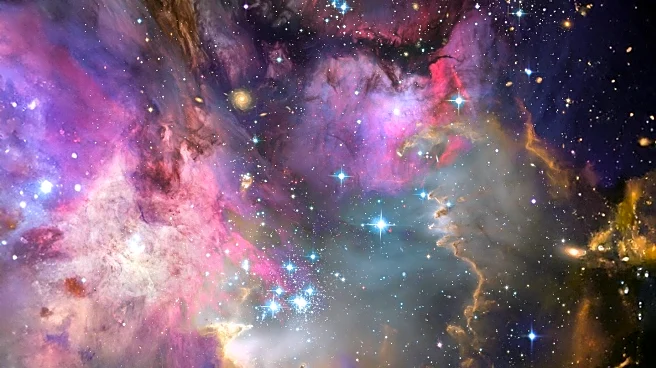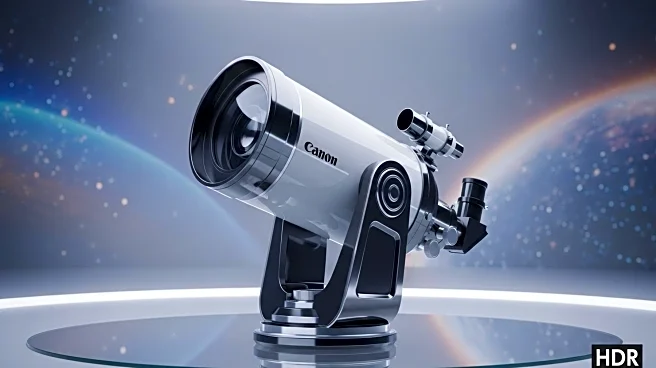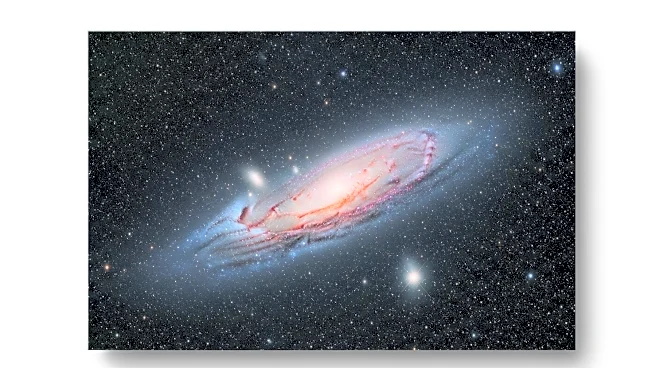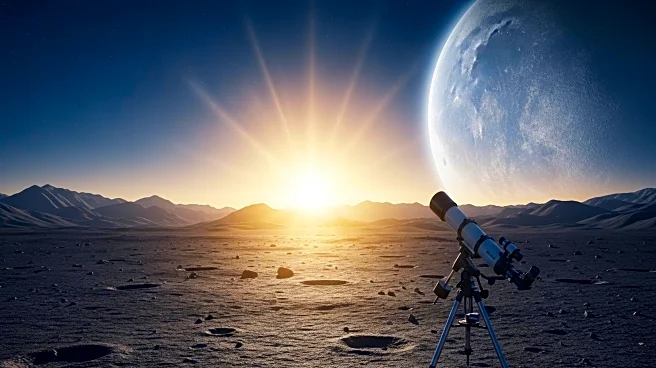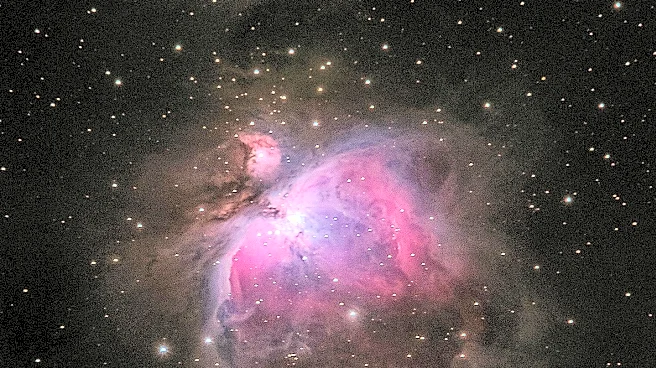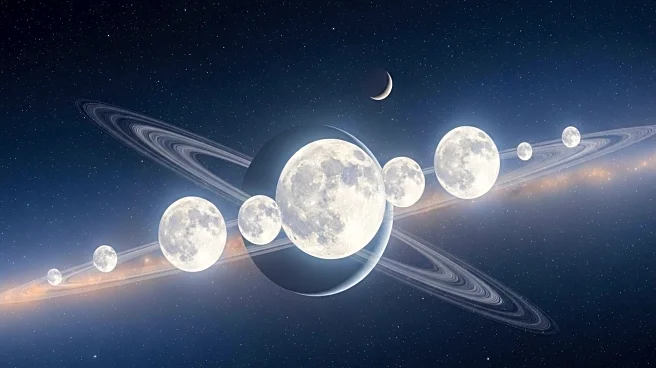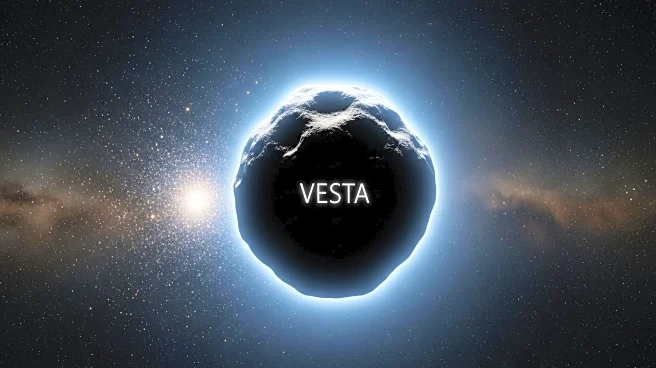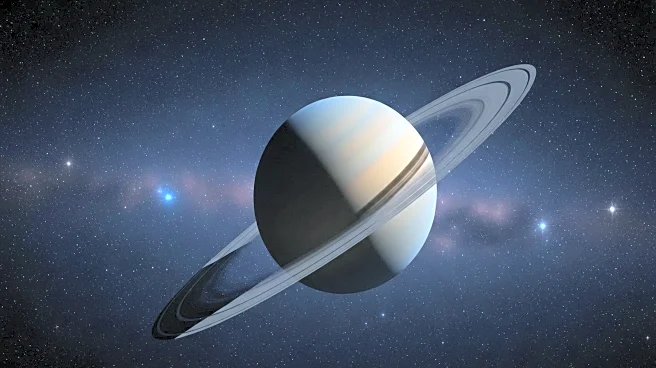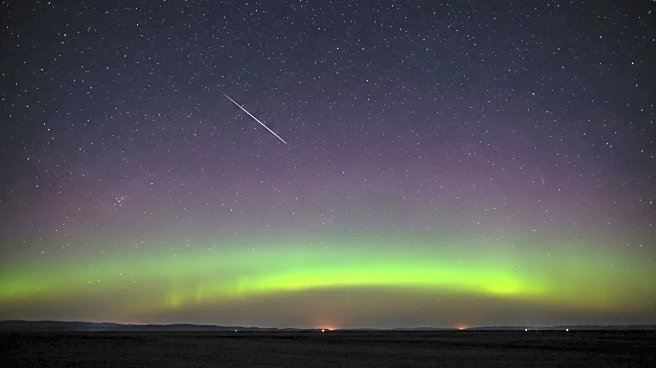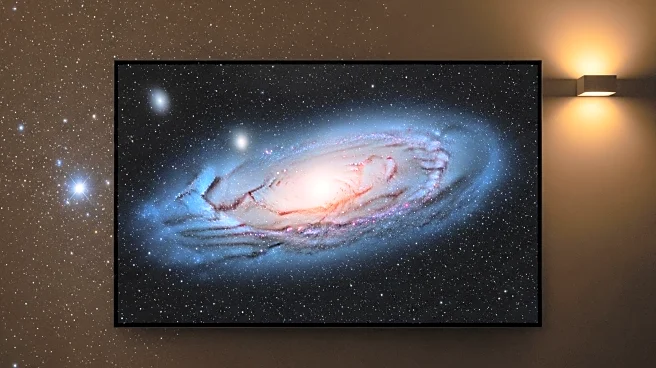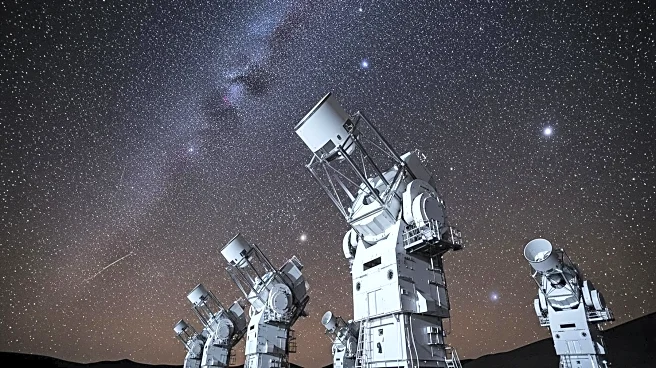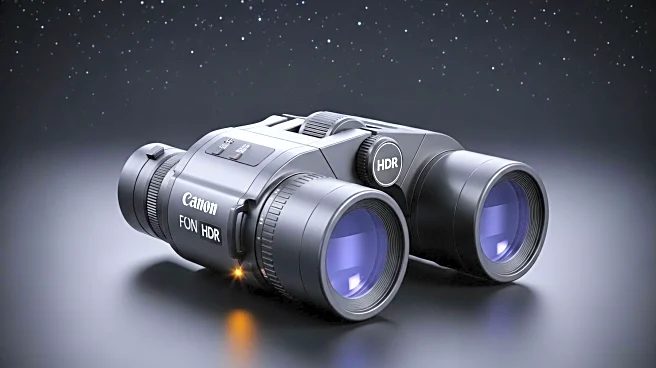What is the story about?
What's Happening?
The Orion Nebula, a popular target for amateur astronomers, is currently visible in the predawn hours. Rising around midnight, the nebula is part of the Orion constellation, which is one of the most recognizable patterns in the night sky. The nebula, cataloged as M42, is a bright and large star-forming region that can be seen with the naked eye. It contains the Trapezium Cluster, a young group of stars that are shaping the surrounding gas and dust. Observers can enjoy the nebula with binoculars or telescopes, which reveal more details of this celestial wonder.
Why It's Important?
The Orion Nebula is a key site for studying star formation and the dynamics of interstellar matter. Its visibility provides an opportunity for both amateur and professional astronomers to observe and study the processes that lead to the birth of stars. The nebula's accessibility makes it a popular subject for astrophotography and public outreach, inspiring interest in astronomy and the natural sciences. Observing the Orion Nebula can enhance understanding of the universe and our place within it, fostering a sense of wonder and curiosity about the cosmos.
What's Next?
As autumn progresses, the Orion constellation will rise earlier each night, making the nebula more accessible for evening observations. Astronomy clubs and observatories may organize viewing events to take advantage of this opportunity, providing telescopes and guidance for the public. The continued study of the Orion Nebula will contribute to our understanding of star formation and the evolution of galaxies, with potential implications for theories about the origins of the solar system and life on Earth.
AI Generated Content
Do you find this article useful?
